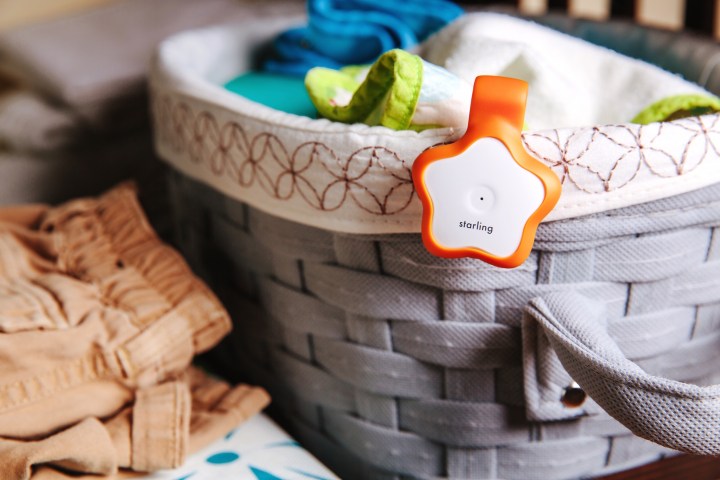

For years, the academic community has agreed, “One of the most powerful predictors of a child’s ability to learn to read and succeed in school is vocabulary size at kindergarten entry.” As Meredith Rowe of the University of Maryland noted in a 2012 publication, both quality and quantity matters when it comes to parents speaking to their children. And to help with both is Starling, the wearable “built on patent-pending, smart algorithms that capture and count the words you say to your child.” The Starling counts words by detecting “the natural pauses in between syllables in order to determine when a word has been spoken, [which] allows the Starling to work in multiple languages as its primary focus is word recognition, not the nuances of each individual word or language.”
A star-shaped device with a diameter of around 49 millimeters, the Starling can be worn around your child’s neck for easy word counting. A companion VersaMe app can then monitor progress or set goals for word improvement, though the Starling can count words locally too, without an Internet connection. And because it’s water resistant and made of medical-grade plastic that is safe for newborns and causes no irritation to sensitive skin, you don’t have to worry about the Starling being broken or (more importantly) breaking baby.

“If 82 percent of brain development happens within the first three years of life, what could be more important than exposing your child to as much language as possible?” VersaMe asks. “The number of words a child hears between birth and age 4 is the greatest predictor of success both academically and vocationally. So get talking!”
And for $129, you can keep track of that talking with Starling.


